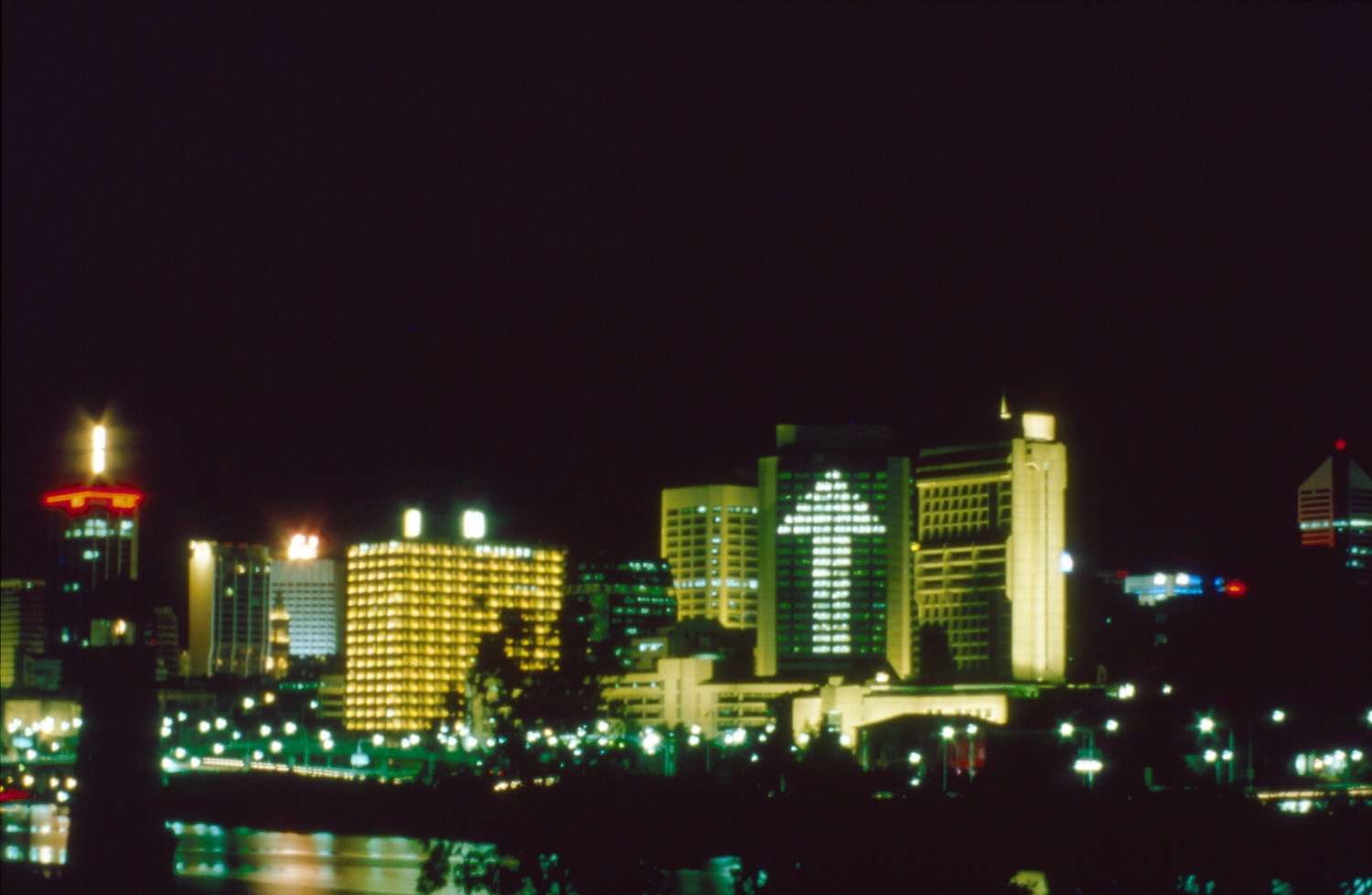
Recently opened at the UQ Art Museum, ephemeral traces: Brisbane’s artist-run scene in the 1980s is a sister exhibition to their 2012 offering Return to sender, exploring the work of a select group of Brisbane artists during the mid 1980s.
Where Michele Helmrich’s Return to sender focused on the artists driven out of Queensland by the conservative John Bjelke-Petersen government, ephemeral traces instead turns to the creatives left behind, and the work produced in five artist-run spaces across Brisbane – One Flat, A Room, THAT Space, The Observatory and John Mills National – all operating between 1982 and 1988.
Curated by Peter Anderson, the exhibition draws together a real variety of mediums, from traditional pieces of art, to records of performance, collaborative, and public art, showing them alongside documents and artefacts sourced from the archives of the State Library of Queensland’s Australian Library of Art.
Anderson’s vision is to provide a contextual background for this period of Brisbane’s arts scene, counteracting the traditional idea of the 1982 Commonwealth Games and Expo ’88 as the major turning points in the city’s artistic and cultural history; rather, the exhibition is a celebration of the underground, of the artists who remained behind and fought against a conservative government.
A must see for anyone who believes that the River City is more than the leftover remnants of Expo ’88, and perhaps even more so for anyone who believes it isn’t, ephemeral traces offers an alternative look at the artistic history of a city that tends to suffer in comparison to the more world famous state capitals.
ephemeral traces: Brisbane’s artist-run scene in the 1980s opens at the UQ Art Museum, located at the University of Queensland’s St. Lucia campus, in early April and runs until June 26th. Entry is free.
Featured image:
Jeanelle Hurst
Highrise Wallpaper 1988
Documentation of the project ‘Interface 88: City as a work of art’, Brisbane.
Collection of Jeanelle Hurst.
Reproduced courtesy of the artist
———-
